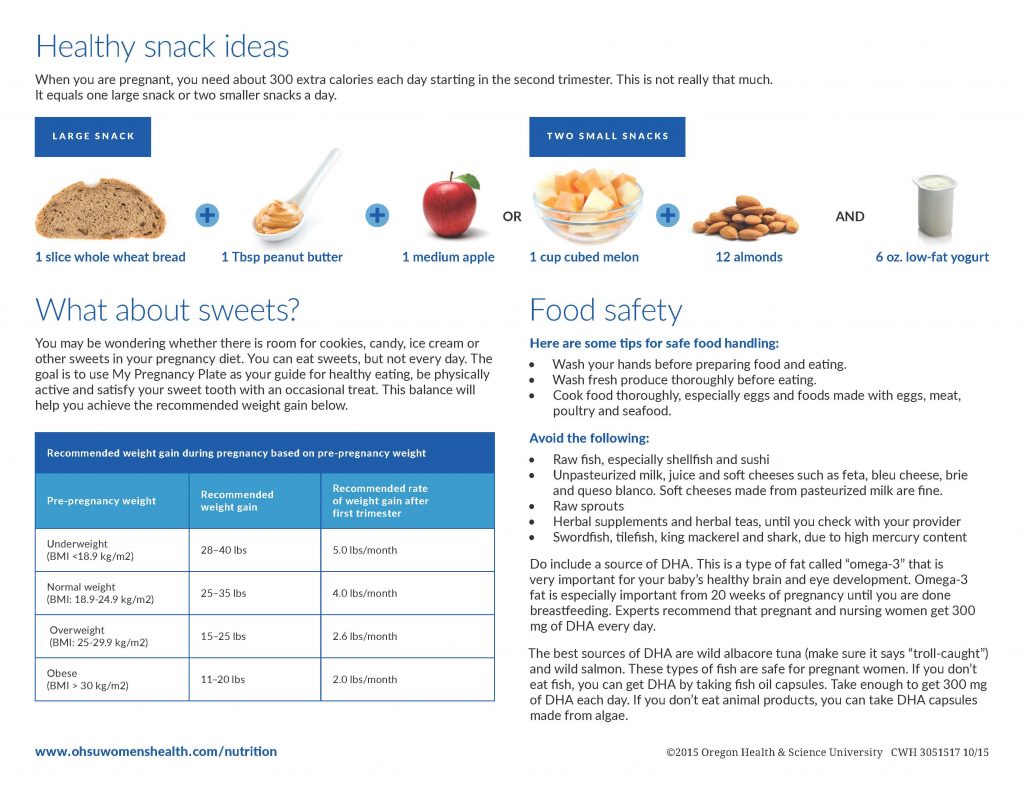CDC is advising all pregnant patients to get the covid-19 Vaccine. All studies to date show that Covid-19 can have life threatening consequences in pregnancy and the vaccine does not. There are side effects to the vaccine. May people have sore arm, low grade fevers, and fatigue especially 1-3 days after the vaccine.
The antibodies created by this vaccine will protect your baby after it is born. We are not offering the vaccine to babies or kids under the age of 5, so you getting the vaccine is the only way to offer your baby some immunity from a very serious virus.
Some people say “We don’t know future consequences of the vaccine” and this is true. However, we have no reason to think that there will be few to no long term consequences. The vaccine has been shown to be very safe and effective in all studies done to date (New England Journal of Medicine Article is listed below and this is the best science we have). The Corona Virus in unvaccinated people has been shown to have very serious consequences including life long chronic fatigue, heart desease, and lung disease.
Corona virus does not appear to be going away. This may be our new normal. Please get vaccinated so your baby has some protection against the Corona Virus.
We are using the Madern mRNA vaccine or the Pizer vaccine, the choice is yours.
More information:
Getting Vaccinated While Pregnant: What You Need to Know – News Moms Need (marchofdimes.org)
Information about COVID-19 Vaccines for People who Are Pregnant or Breastfeeding | CDC
Preliminary Findings of mRNA Covid-19 Vaccine Safety in Pregnant Persons | NEJM – this study shows “adverse pregnancy and neonatal outcomes in persons vaccinated against Covid-19 who had a completed pregnancy were similar to incidences reported in studies involving pregnant women that were conducted before the Covid-19 pandemic”




